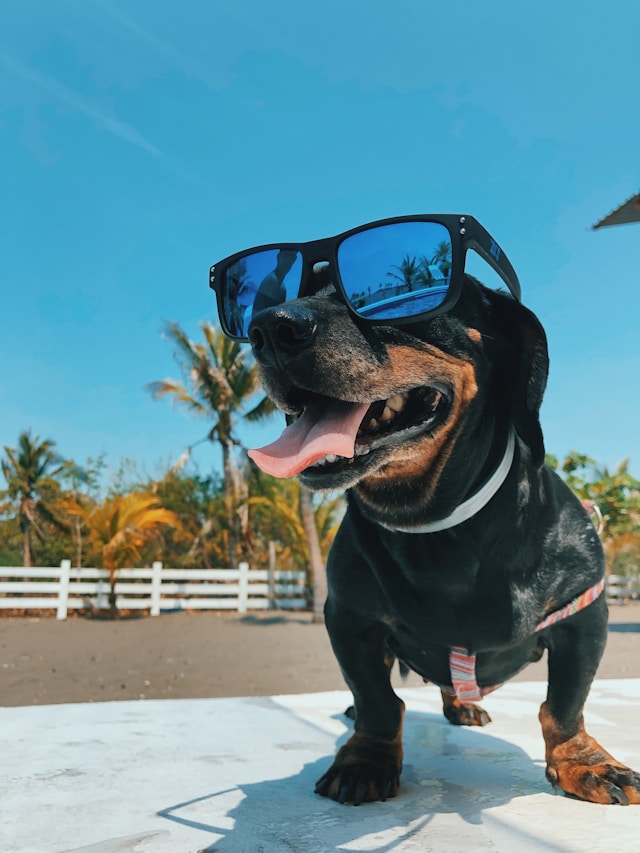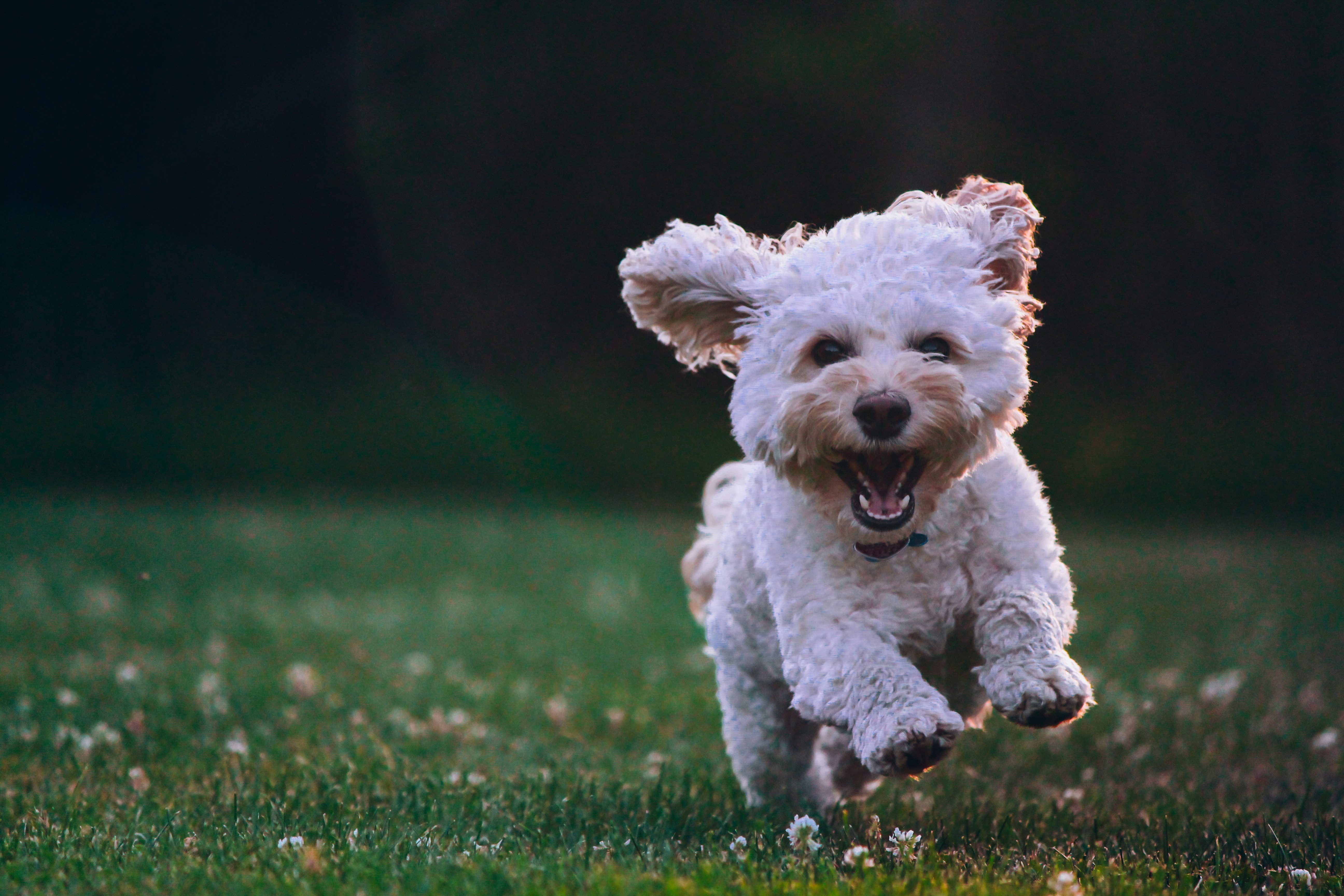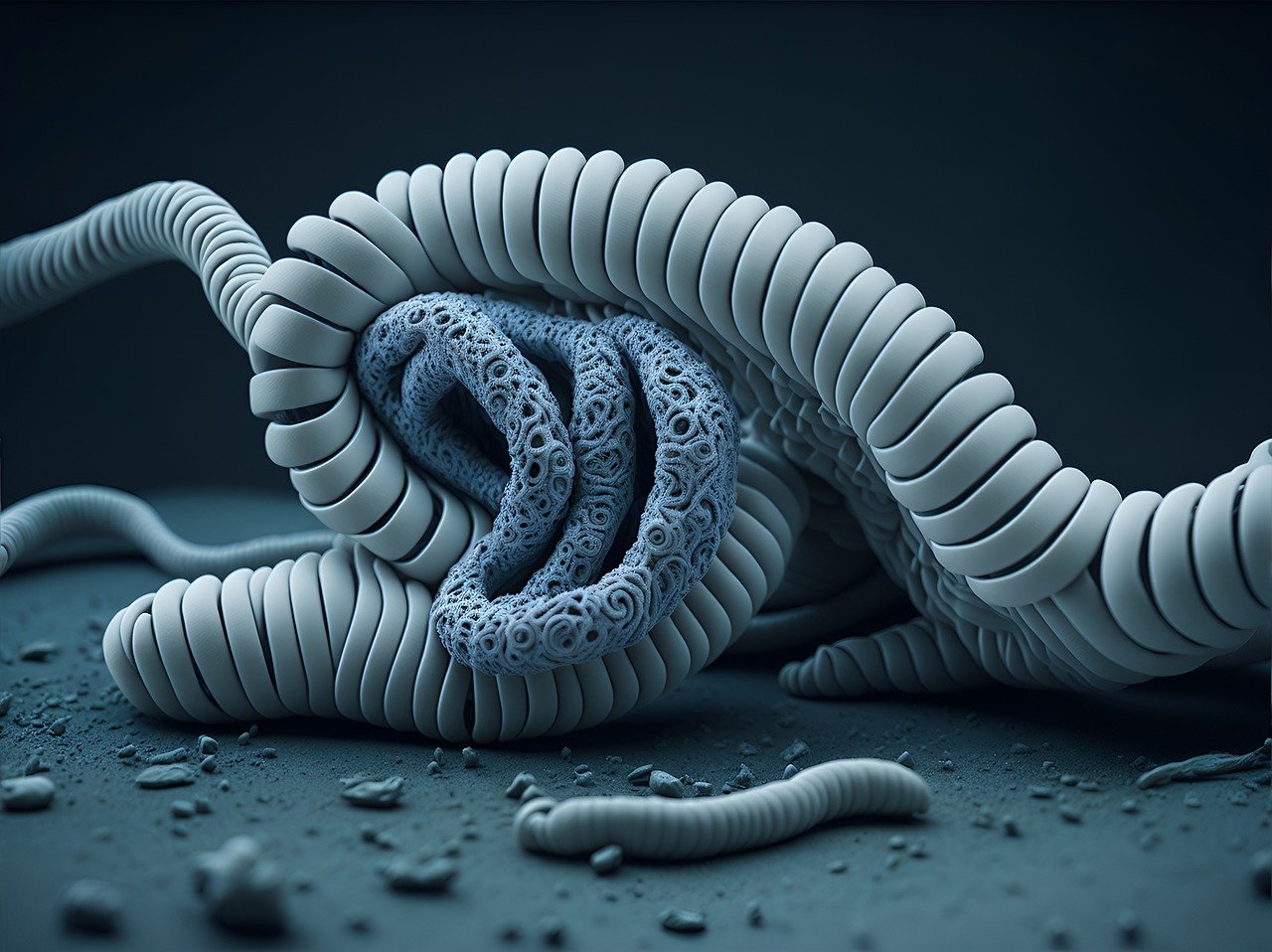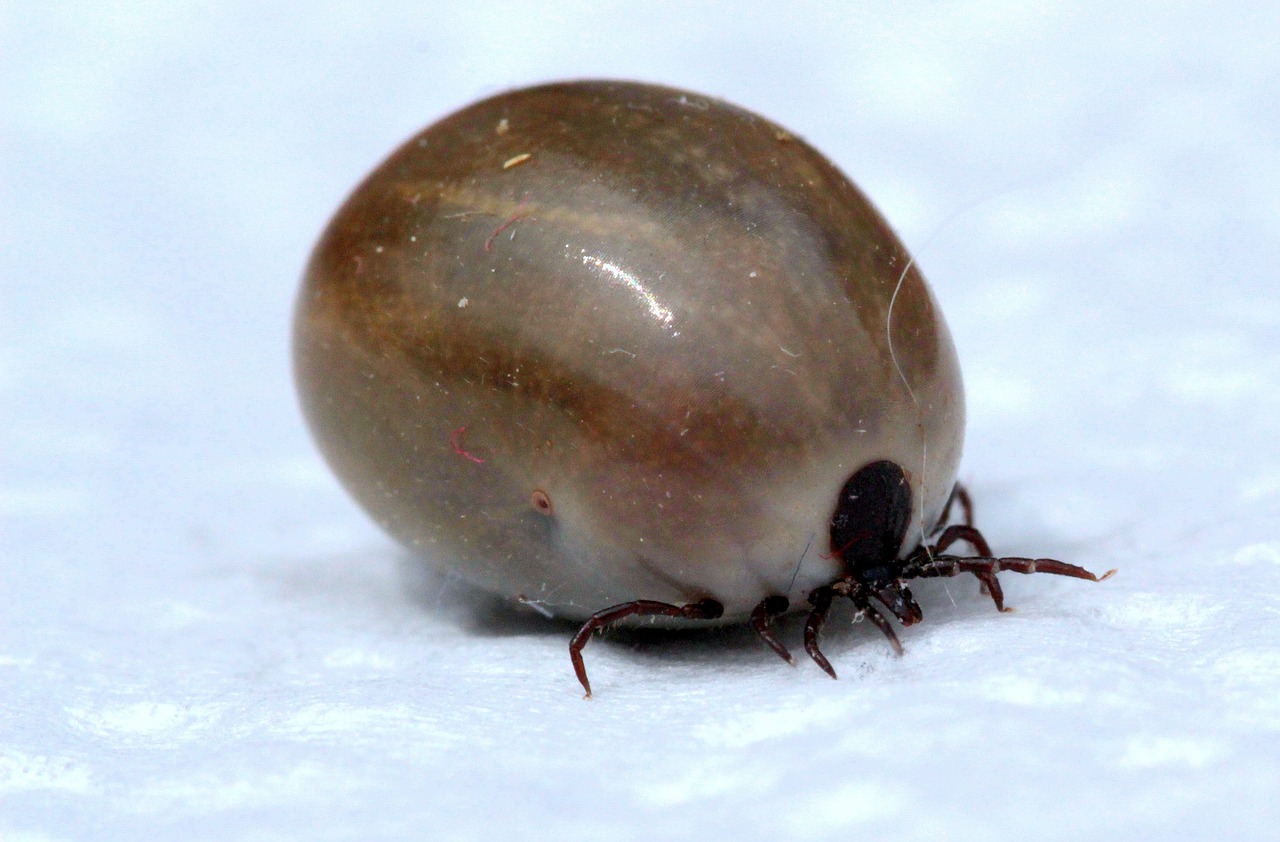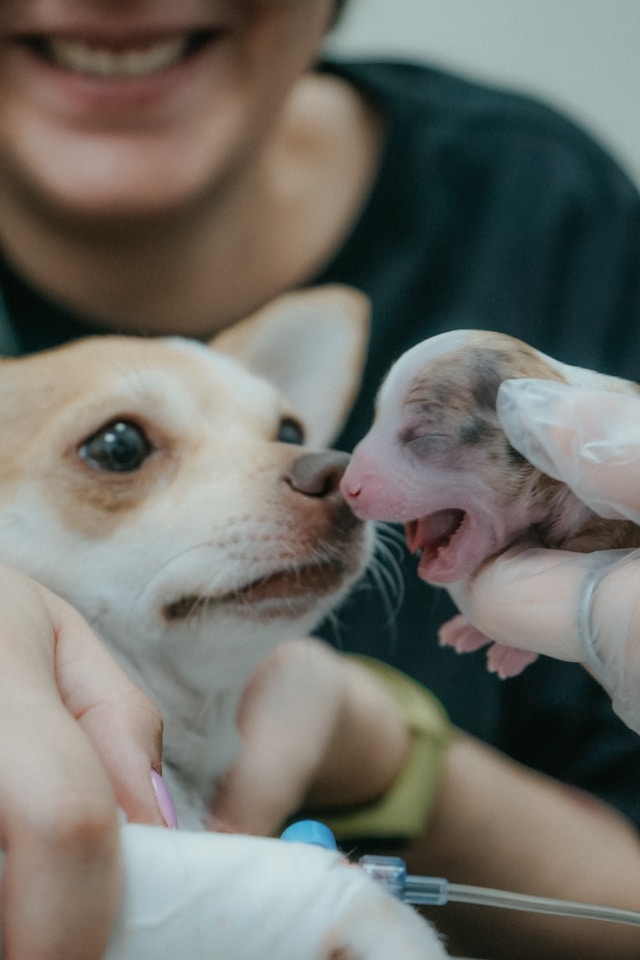French Bulldog

| Official Name | French Bulldog |
| Common Name | French Bulldog |
| Pet Height | 11 to 13 inches |
| Pet Weight | 16 to 28 pounds |
| Lifespan | 10 to 12 years |
| Good With | cats, children, dogs, familie, seniors |
| Temperament | friendly, gentle, outgoing, playful |
| Intelligence | medium |
| Shedding Amount | normal |
| Exercise Needs | low |
| Energy Level | calm |
| Vocal Level | when necessary |
| Drool Amount | high |
| Breed Group | non-sporting |
| Breed Size | small (0-25 lbs.) |
| Coat Length | short |
| Colors | cream, fawn, white |
| Patterns | bicolor, brindle, flecked / ticked / speckled |
| Other Traits | apartment-friendly, easy to groom, suitable for first-time pet owners, prone to health issues, strong loyalty tendencies |
French Bulldogs were bred to be our close companions, and they adore the affection we give them. They enjoy playing with kids and other dogs but are just as content as couch potatoes. These clever, goofy dogs can quickly become your laid-back, fun-loving best friend. If you are looking for a small, hilarious pet that's also a professional napper, look no further than the French Bulldog. These delightful pups love playtime as much as they enjoy cuddling up in your lap for a nap. They won't grow taller than 13 inches at the shoulder, which makes them an excellent choice for city living where space might be limited. French Bulldogs are calm and friendly and get along well with families, children, and seniors. They're low-maintenance in terms of grooming and are very content when they're around people.
French Bulldog Appearance
Even though they may not possess the same regal grace as a golden retriever, the French Bulldog is genuinely endearing. They have a small, well-proportioned, and relatively muscular body, except for the cute wrinkles around their face and shoulders. These breeds' usual colors are cream, fawn, and white, and they even have streak colors or black masks. Their unique looks are their dark brown eyes and charming "smushed" face. Given the occasional brushing, they have shiny and silky coats that are easy to maintain.
Shedding for these breeds is only moderate. When developed and matured, they weigh up to 28 lbs, making them the pint-sized form of the classic bulldog. According to the American Kennel Club (AKC), their typical appearance is ears like those of a bat and half-flat, half-rounded head.
French Bulldog Personality
These breeds are often seen as easy-going, relaxed, and enjoying playing. But when introduced to other pets, they will get along with their friendly approach. They are quick to learn, particularly if given treats. These little dogs have a naughty trait, so their owner must have a sense of humor while staying to their training routine. The president of the FBDCA (French Bulldog Club of America), Becky Smith, said that “the best owner for this lovable breed must be gentle, loving, kind and patient since these breeds grow well on human interaction. After all, these breeds wanted to give love and receive many belly rubs”.
French Bulldog Living Needs
French Bulldogs enjoy playtime, but they're just as content lounging by your side while you work or snuggling on your lap for a nap. If you're the lucky owner of a Frenchie—or should I say, if a Frenchie owns you—remember they're not the type for intense outdoor activities like jogging or beach days in scorching weather. Smith says, "They don't handle extreme heat well due to their flat face. They're not strong swimmers, given their body weight and leg length."
The AKC points out that their "front-heavy structure" is why they struggle with swimming and advises never leaving them unsupervised near water. French Bulldogs are at risk of heat exhaustion, so shorter walks or playtime during cooler evenings are perfect for exercise. Living in an apartment suits them well, as they're happy with limited space and don't need a big yard to thrive.
French Bulldog Care
Giving your Frenchie's coat a good brush once a week is enough to keep it looking friendly and healthy. They'll need a bath once a month, paying extra attention to their adorable wrinkles to prevent infections. Regularly check their skin for unusual spots or scabs; don't hesitate to see a vet if you notice anything off.
When it comes to socializing, like many dogs, French Bulldogs need to learn how to mingle with others early on. They can be protective of their humans. If you cannot stand a drool around your house, these breeds might not best fit you. These pups are clever but independent, so they may resist following commands sometimes. It can also be difficult for potty training.
French Bulldog Health
French Bulldogs typically live for around 10 to 12 years, but there are some health risks you should be aware of if you're considering this breed. "A common issue among Frenchies is something called Brachycephalic Obstructive Airway Disease," explains Kishen Parekh, DVM, from the UK. "This happens when the soft palate grows too much and blocks the normal airflow, causing them to breathe with their mouths open." This condition can lead to more snorting and snuffling in French bulldogs. If you notice frequent panting, difficulty eating, coughing, or snoring, these could be signs of a more severe problem.
Another thing to watch out for is stenotic nares, which means their nostrils are narrow or closed. This can make them snore during sleep and struggle to breathe, especially when they're exercising and might get too hot. Keep your Frenchie well-hydrated to prevent overheating and limit their time in hot weather. Additionally, French bulldogs can have eye issues, like cherry eye or skin allergies, passed down from their parents.
French Bulldog Exercise Requirements
Daily exercise is also crucial for French Bulldogs. Still, it would be best to be careful due to their flat faces and breathing challenges. Short walks or outdoor playing sessions are the best option for these breeds to keep them active. It will be best not to expose them to humid or hot weather during exercise and to give them water and ample breaks.
It is essential to keep the Frenchies mentally motivated to beat boredom and separation anxiety, such as teaching them new tricks, giving them interactive toys, or enrolling them in obedience classes. These activities will help positively channel their puppy energy.
French Bulldog Training
Training these breeds will require patience and lots of treats. Still, they respond well to positive reinforcement and praise for good behavior. Rewarding them with food, which they love, playing with their toys, and spending time with their owners are among the positive reinforcements that keep little companions coming around. It is crucial to prevent punishment when training them like yelling. Instead, focus on showing them what you want them to do rather than telling them what not to do. This will help build a solid and positive training foundation from puppyhood.
French Bulldog History
Despite their name, French Bulldogs' history starts in England rather than France. In the 1800s, lace makers in Nottingham used miniature bulldogs to keep rats away from their workplaces. When machines replaced these workers during the Industrial Revolution, many moved to France, where handmade lace was made. The French people fell in love with the little bulldogs that came with the workers. After years of mixing different breeds, the iconic bat ears of the French bulldog emerged, and the breed was born.
The French quickly embraced the new breed, and it gained popularity among artists, actors, and celebrities in the city. When Americans visited Europe, they were captivated by the miniature bulldogs and brought them back to the United States. However, there was initially a debate about the type of ears Frenchies should have. Americans preferred the bat ears, while the British and French liked the rose ears seen in bulldogs. This led to disagreements among breed enthusiasts.
The situation came to a head in 1897 at the Westminster Kennel Club Dog Show when non-American judges favored rose-ear Frenchies. In response, a group of passionate French bulldog supporters founded the French Bulldog Club of America to set the breed standard. They advocated for the bat ears to become the official standard and eventually succeeded.
French Bulldog Fun Facts
French Bulldogs have some limitations when it comes to certain activities. For instance, they can't swim due to their flat noses, and flying on planes can be dangerous. Because of this, many airlines have prohibited brachycephalic breeds like Frenchies from flying. However, there are ways to travel with them safely if you plan.
French Bulldogs have gained a lot of love from celebrities, including John Legend, Madonna, and Lady Gaga. One of the most famous Frenchie pets was Carrie Fisher's dog, Gary. Gary became a bit of a celebrity, accompanying the actress everywhere she went, even to red-carpet events.
French Bulldogs are known for their expressive nature. They love to communicate and are not shy about sharing their thoughts. A Frenchie named Walter Geoffrey has even become a YouTube sensation with thousands of subscribers who enjoy watching his adorable temper tantrums.
Get insurance plans with wide-ranging coverage options








